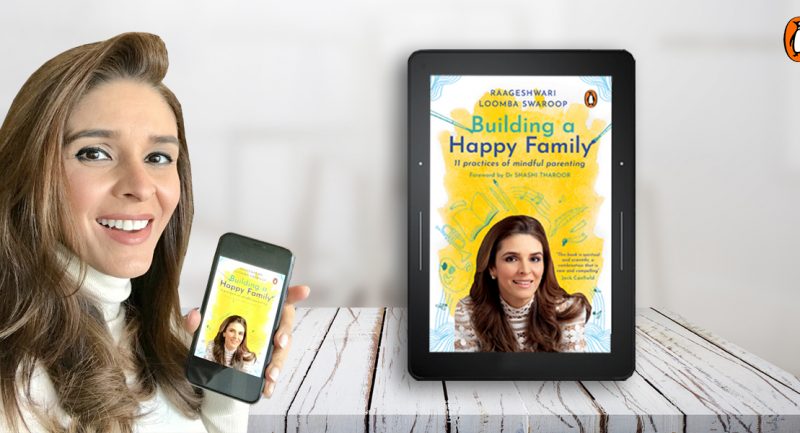
Imagining Lahore by Haroon Khalid is an anecdotal travelogue that talks about the city of Lahore and its origin. From its emergence under Mahmud Ghaznavi to recasting it as the capital of Maharaja Ranjit Singh’s Khalsa empire, Lahore has influenced the subcontinent’s political, social and social atmosphere time and again. The city continues to cast its influence on the country of Pakistan.
The city has lived many lives and its monuments depict its many stories. Here are some of the precious landmarks:
1. The smadh of Ganga Ram.

The small roads leading up to the smadh of Ganga Ram in Lahore holds great importance. The modern Lahore owes its current state to Ganga Ram. He changed the city’s physical landscape to the glory of the modern colonial state that it reflects today.
2. The smadh of Ranjit Singh

Maharaja Ranjit Singh reigned on the historic land of Lahore in the nineteenth century. When the city was under attack from between three Sikh warlords, it was Maharaja Ranjit Singh who rid the city of this unrest.
3. The mausoleum of Mian Mir

Holding great historical importance, the mausoleum of Mian Mir, consists of Mian Mir’s grave at the centre of the shrine. He was a sixteenth-century Sufi saint and had risen to prominence after the Mughal crown prince, Dara Shikoh became his follower.
4. The grave of Shah Hussain

The dervish poet of Lahore, Shah Hussain belonged to a particular Sufi sect that challenged conventional normative societal practices. His songs have been immortalized in his verses as folk singers and other dervishes sang them from one generation to another.
5. The grave of Dulla Bhatti

Dulla Bhatti was a landlord from Pindi Bhattian, a town 150 kilometers from Lahore. He rebelled against the political organization of the increasingly centralized Mughal Kingdom and the religious hegemony. He was thus, hanged outside the Delhi Darwaza of Lahore by the Mughal Emperor Akbar in 1599. One of Dulla Bhatti’s strongest supporters was Shah Hussain.
6. The mausoleum of Qutb al-Din Aibak

Qutb al-Din Aibak, the founder of the Slave Dynasty, only managed to rule for four years, from 1206 to 1210 CE. His reign marked the Muslim rule over north India in the twelfth century. It was in his reign that Qubbat-ul Islam, the oldest mosque in north India, was constructed.
7. The tomb of Malik Ayaz

Deep within the Shahalami Bazaar in Lahore is the mausoleum of Malik Ayaz. He was the governor of Lahore during the Ghaznavid Empire. Historical sources suggest that he was a trusted supporter and loyal slave of Mahmud Ghazni.
An anecdotal travelogue about Lahore – which begins in the present and travels through time to the mythological origins of the city.
AVAILABLE NOW









